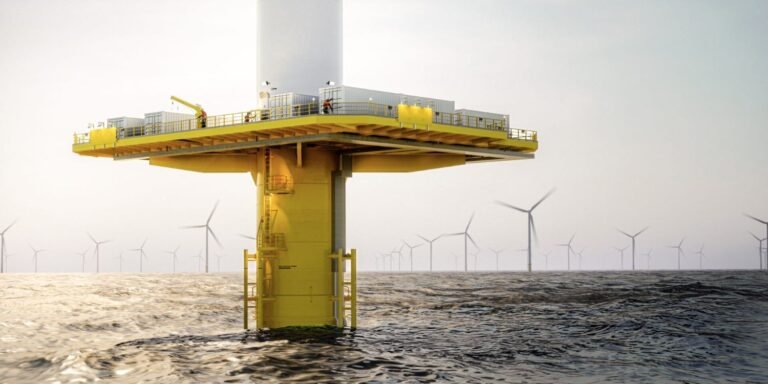Offshore Green Hydrogen Production in the German Bight: Impacts on the North Sea’s Marine Environment
The German Bight, located in the North Sea, is set to become a hub for offshore green hydrogen production, a key component of the country’s energy transition strategy. However, a recent study by the German research institute Helmholtz-Zentrum Hereon has shed light on potential environmental impacts of this initiative, particularly in relation to the marine ecosystem.
Understanding the Transition to Green Hydrogen
With the global shift towards renewable energy sources, the demand for climate-neutral hydrogen is on the rise. The German Offshore Wind Energy Act (WindSeeG) aims to harness the power of offshore wind farms in the North Sea to produce hydrogen on a large scale. The target is to install offshore hydrogen plants with a capacity of 10 gigawatts (GW) in the German Bight, marking a significant step towards reducing reliance on fossil fuels.
While the focus has primarily been on the technical and economic aspects of offshore hydrogen production, the environmental implications have been less explored. Helmholtz-Zentrum Hereon’s new study delves into the potential footprint of offshore hydrogen production in the North Sea, highlighting the need for sustainable practices.
The Impact of Waste Heat on Marine Environment
In the process of offshore hydrogen production, seawater is desalinated and split into hydrogen and oxygen through electrolysis, generating waste heat and brine as by-products. The Hereon study revealed that waste heat has a significant impact on seawater temperature, with a 2℃ increase observed within a 10-meter radius around a 500 MW hydrogen plant.
Furthermore, the study modeled scenarios with multiple hydrogen plants in close proximity, showing that even at a distance of 1,000 meters, there was an average annual temperature increase of 0.1 to 0.2℃. This rise in temperature can disrupt water stratification, affecting nutrient transport and the productivity of phytoplankton, essential for the marine food chain.
Sustainable Solutions for Offshore Hydrogen Production
To mitigate the impact of waste heat on water stratification, the authors of the Hereon study recommend implementing decentralized solutions, distributing the input of by-products across different locations and depths in the water column. This approach aims to minimize local temperature changes and preserve the marine ecosystem’s balance.
Lead author Nils Christiansen emphasized the importance of understanding the environmental implications of green hydrogen production and developing sustainable solutions for a nature-friendly energy transition at sea. Further research is needed to explore alternative technologies and their impacts on marine ecosystems.
By addressing the environmental challenges associated with offshore green hydrogen production, stakeholders can ensure a smooth transition to a sustainable energy future while safeguarding the health of the North Sea’s marine environment.

